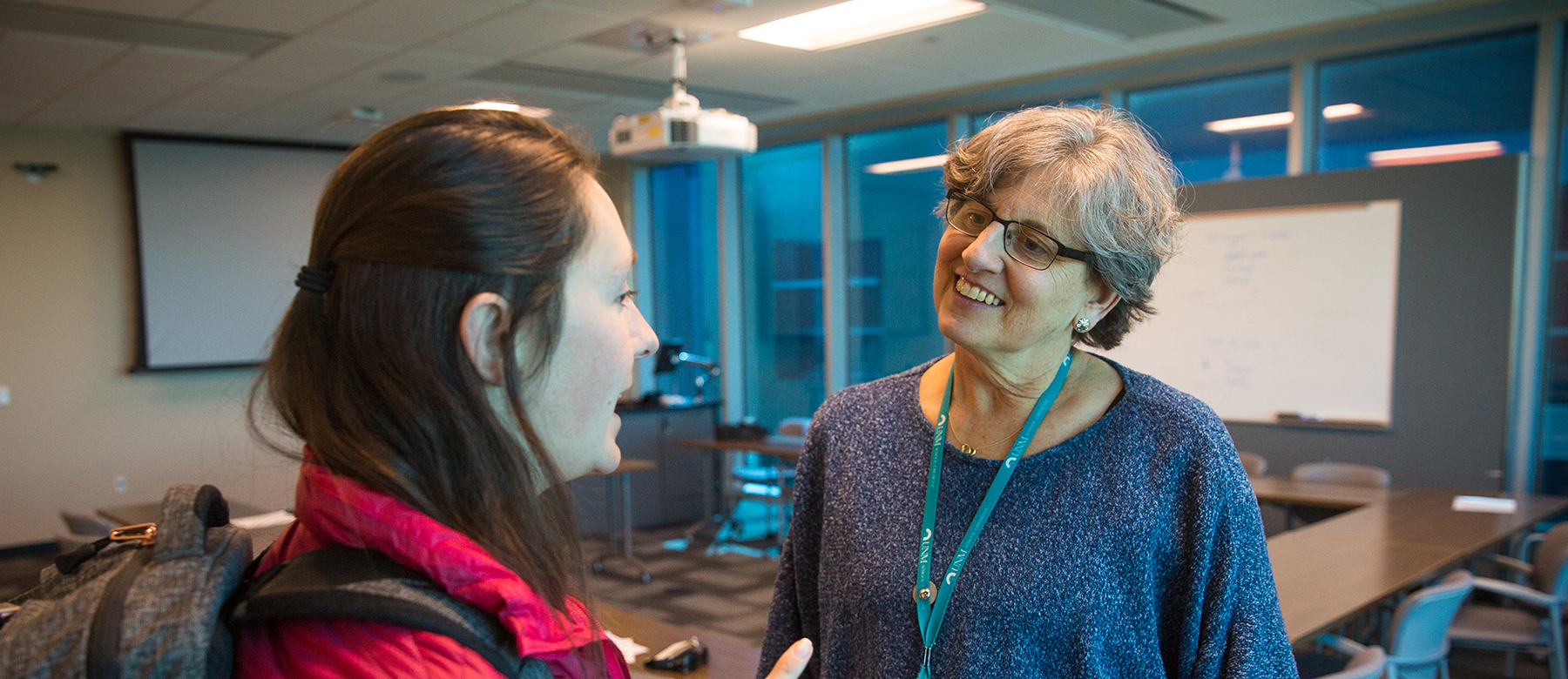Preparing for Disaster: UNM Hospital Participates in Region-Wide Emergency Training

Fighting Physician Burnout
UNM School of Medicine’s Chief Wellness Officer Helps Providers Cope With Pandemic-Driven Stresses
When Elizabeth Lawrence, MD, was named Chief Wellness Officer for The University of New Mexico School of Medicine in 2019, her focus was on fending off burnout among medical students, residents and faculty.
The work took on new urgency amid the COVID-19 pandemic, as many physicians and other health providers were overwhelmed by the stress of caring for desperately ill patients.
Lawrence and her peers at other U.S. health care organizations recently published a paper in the NEJM Catalyst/Innovations in Care Delivery describing what they’ve learned over the past year.
The pandemic, which brought with it “fear of contagion for self and family, periods of quarantine, interpersonal isolation, and redeployment of staff to areas outside of their usual expertise,” added to pre-existing job stresses, the authors write. But lessons learned from the 2003 SARS outbreak provided some guidance on how chief wellness officers could help.
“There’s definitely a place to think about what the role is for well-being in any crisis, not just a pandemic,” says Lawrence, who oversees the Office of Professional Wellbeing and serves as a professor in the Department of Internal Medicine.
Lawrence, who has had a longstanding interest in physician wellness, was the seventh or eighth person to join a small but growing group of chief wellness officers, whose members offer one another mutual support.
“We have begun to meet monthly and collaborate on different projects,” she says. “Those phone calls have been invaluable during the pandemic.”

One of the lasting positive outcomes of the pandemic is the recognition that the health care workforce, if they’re not well, we literally cannot do our jobs
The idea of appointing a chief wellness officer in a health care organization is a relatively new one, says Lawrence, who traces it back to the formation in 2015 of the Collaborative for Healing and Renewal in Medicine. Launched by faculty at academic health centers, it aimed to promote wellness initiatives for medical students and residents and later expanded to include attending physicians and senior faculty.
Over the next few years, leaders from the National Academy of Medicine, the Association of American Medical Colleges and the Accreditation Council for Graduate Medical Education began pushing for the appointment of chief wellness officers to coordinate efforts at their respective institutions.
Tait Shanafelt, MD, from the Stanford University School of Medicine, was appointed the nation’s first chief wellness officer in 2017, soon followed by Jonathan Ripp, MD, at the Icahn School of Medicine at Mt. Sinai. Both are co-authors on the new paper.
“It’s a very new concept and many people don’t really understand what it is,” Lawrence says. “Typically, when we talked about wellness in an institution it’s been often through human resources, and it’s been linked to health insurance and discounts.
“This role is conceived differently, to be sure that the well-being of all health care workers is a central part of the unified operating plan – of the mission of the institution.”
Wellness efforts in health care setting encounter multiple obstacles, Lawrence says. One is resistance on the part of older physicians, who say, “We didn’t have well-being when I was a resident, so why do you need well-being?”
Another obstacle is cultural: for doctors there’s a stigma that comes with asking for help, Lawrence says. “To say, ‘I’d like to take advantage of these resources’ is counter to the culture of medicine.”
There is also confusion about what wellness really means. While many people might think of stress-busting yoga and mindfulness programs, structural issues such as parental leave policies and how people communicate in a pandemic are also important, because they “enable you as an employee to take care of yourself,” Lawrence says.
Still, she says, “I do think there’s receptivity and that has grown over time. One of the lasting positive outcomes of the pandemic is the recognition that the health care workforce, if they’re not well, we literally cannot do our jobs.”